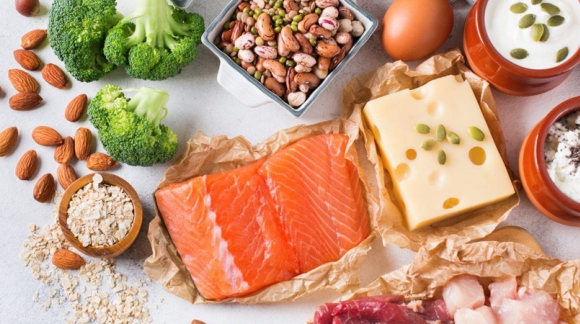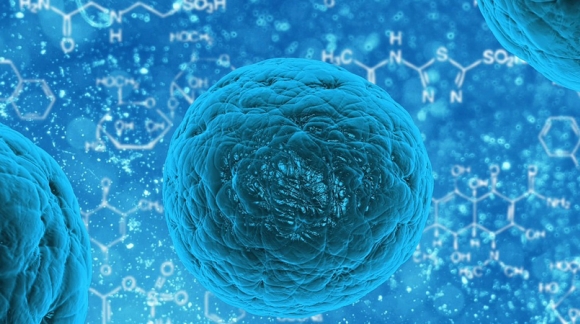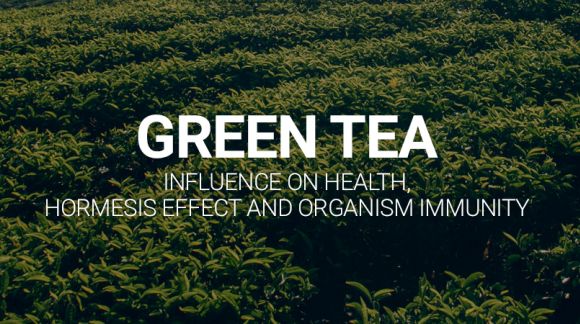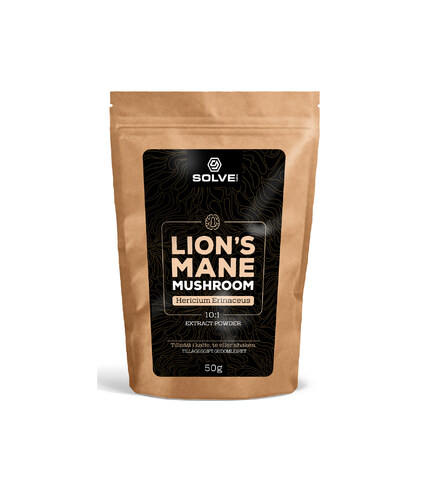Does food poison? Anti-nutrition substances

Anti-nutritional substances are ingredients found in food that, in addition to the lack of nutritional effect on the body, also have a negative effect - they may interfere with the absorption of certain substances, cause discomfort from various systems or disturb their functions (e.g. digestive), and in larger amounts or after changes in the body show toxic effect. The high concentration of anti-nutritional substances in a given product may mean that despite the fact that it contains many beneficial ingredients, for example a large amount of vitamins, it should not be consumed in large amounts without proper preparation.
We can distinguish 3 basic divisions of such substances:
- Natural - these are ingredients that are found in products under standard conditions, and may arise, for example, in the process of plant maturation. Their presence is naturally associated with a given product.
- Coming from the outside - as is well known, the surrounding environment is not clean. Its contaminants often find their way into food, some of which may be harmful. This group also includes agents used in agriculture (e.g. pesticides, fertilizers), residues of which may be found in products.
- Intentionally added substances - various types of flavor enhancers, sweeteners, dyes, preservatives, leavening agents It is worth noting, however, that substances of this type, which are allowed for use in the food industry, cannot be added freely, and their doses are regulated by law so that they are safe for humans. Their harmfulness may result from the excessive consumption of products containing them (for example, the permissible daily dose for aspartame is 40 mg / kg body weight, which for the average person drinking about 5 liters of a "cola zero" drink)
It can be seen that the substances in groups 2 and 3 are found in food due to human involvement, most often due to neglect. It is different with natural substances, we have no influence on their presence.
Below there are some of the common ones:
Phytates / phytic acid
They are salts of phytic acid with various elements (copper, manganese, cobalt, magnesium, calcium, iron, zinc). The presence of this acid causes losses of the above elements due to the formation of insoluble bonds. Phytates also affect protein absorption. We can find them in grains and legumes. Soaking the seeds before consumption reduces the content of phytic acid in the product.
Trypsin and chymotrypsin inhibitors
Trypsin and chymotrypsin are proteolytic enzymes that the human body produces for digestion. Inhibitors are substances that inhibit the action of enzymes, which means that digestion is impaired. They are mainly found in the seeds of legumes: soybeans, beans, broad beans, peas; they can constitute up to 6% of the total protein content. As they are protein substances, they are denatured under the influence of temperature, which means that thermal treatment, such as cooking, for example, destroys them.
Thioglycosides
They are found mainly in plants from the cabbage family (cabbage, kale, Brussels sprouts, cauliflower) as well as spinach, lettuce, tomato and onion. They bind iodine, which can expose them to deficiencies, especially in people with hypothyroidism. The good news, however, is that they are broken down by the enzyme thioglycosidase during grinding and cooking.
Oxalic acid
It is a metabolite found in animal and plant organisms. Its negative effect is the binding of calcium and magnesium (45 mg of acid binds 20 mg of Ca). In large amounts, it can lead to deficiencies and disturbances in the metabolism of these elements, and as a toxic substance, it contributes to the formation of kidney stones. We can find it in rhubarb, beetroot, sorrel, tea, coffee, cocoa.
Amygdalin (vitamin B17)
JSome time ago, part of the "paramedical internet" was ignited by information about the healing properties of amygdalin. It was said at the time that it had an anti-cancer effect, but this was not supported by scientific research, and in the 20th century Dr. Ernst Theodore Krebs stated that the substance was too toxic to treat people. From a chemical point of view, amygdalin is a compound from the group of glycosides found in the seeds of cherry, peach, apricot, plum, cherry, quince, apple, and bitter almond. Its toxic effect appears in the digestive process, and in combination with human enzymes it turns into hydrocyanic acid (during World War II it was used as Cyclone B). The human body is able to break down this acid, but in small doses, so it is not recommended to consume products containing amygdalin
A legendary combination: cucumber + tomato
The claim that cucumber and tomato should not be combined has probably spread to most homes. Many people think that this combination is harmful to health. How is it really?
Fresh cucumbers contain ascorbinase, an enzyme that breaks down vitamin C. This means that combining cucumber with other products will reduce the amount of this vitamin that is absorbed. However, this applies not only to tomatoes, but to any other product. So should you be afraid of such connections? Unless we use large amounts of fresh cucumber with every meal, probably not. Such a combination does not show any toxic effect, but only the breakdown of vitamin C. Moreover, this vitamin is present in many products (now even cold cuts), so meeting the daily requirement is not difficult and even consuming products containing ascorbase should not be an obstacle.
As you can see, many popular products contain anti-nutrients, and only some of them have been described. However, this does not mean that you should give up their consumption because despite the presence of undesirable ingredients, they often have a positive effect on health, due to the content of other beneficial substances. It is also worth remembering that proper treatment reduces the effect of anti-nutritional substances, therefore some products should not be eaten raw.
Bibliography:
Troszyńska A, Honke J, Kozłowska H: Naturalne substancje nieodżywcze (NSN) pochodzenia roślinnego jako składniki żywności funkcjonalnej. Postępy Fitoterapii 2000
Hotz C, Gibson RS: Traditional food-processing and preparationpractices to enhance the bioavailability of micronutrients in plant-baseddiets. J. Nutr.
dr hab. inż. Zuzanna Goluch-Koniuszy, mgr inż. Maria Salmanowicz „Wybrane substancje antyodżywczewystępujące w żywności”
Wszechnica Żywieniowa SGGW dr Marek Morawiec – Katedra Żywienia Człowieka „Substancje antyodżywcze”
Markiewicz LH, Honke J, Haros M , Świątecka D, Wróblewska B: Diet Shapes the Ability of Human IntestinalMicrobiota to DegradePhytate–In Vitro Studies. Bauman College of CommunityForums 2013, 115, s.247-259.
Kunachowicz H, Czarnowska-Misztal E, Turlejska H.: Substancje nieodżywcze występujące w produktach spożywczych. [w:] Zasady żywienia człowieka. 2009, s.116-119. All 48 fruit and vegetable with pesticiderecidue data. EWG 2015.
Czerwiecki, L. - Rośliny jako źródło naturalnych substancji szkodliwych dla zdrowia. RPZ, 2005.
Patyra E., Kowalczyk E., Kwiatek K. - Antyżywieniowe i prozdrowotne właściwości glukozynolanów. 2016. Higiena żywności i pasz.







